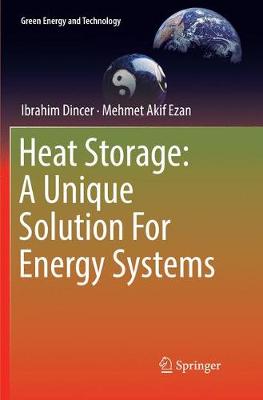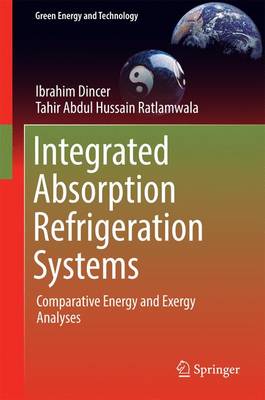Green Energy and Technology
3 total works
Clean Rail Transportation Options
by Ibrahim Dincer, Janette Hogerwaard, and Calin Zamfirescu
This book will assess and compare several options for ammonia co-fueling of diesel locomotives with integrated heat recovery, multigeneration (including on-board hydrogen fuel production from ammonia), and emission reduction subsystems from energy, exergy, and environmental perspectives. Economic considerations will be presented to compare the cost of the proposed systems for different scenarios such as carbon-tax rates, diesel fuel cost and ammonia cost.
Fossil fuel consumption and the associated negative environmental impact of their combustion is a significant global concern that requires effective, practical, and sustainable solutions. From a Canadian perspective, the Transportation Sector contributes more than 25% of national greenhouse gas emissions due to fossil fuel combustion, largely due to road vehicles (cars, light and heavy duty trucks). This is a complex and critical challenge to address, particularly in urban areas with high population density. There is a need to develop alternative energy solutions for mass passenger and freight transportation systems that will reduce both the traffic-volume of road vehicles as well as the emissions from the mass transportation systems. The book will be helpful to students in senior-level undergraduate and graduate level courses related to energy, thermodynamics, thermal sciences, combustion, HVAC&R, etc. The quantitative comparative assessment of such alternative energy systems provided by this book will be useful for researchers and professionals interested sustainable development.
Heat Storage: A Unique Solution For Energy Systems
by Ibrahim Dincer and Mehmet Akif Ezan
This book covers emerging energy storage technologies and material characterization methods along with various systems and applications in building, power generation systems and thermal management. The authors present options available for reducing the net energy consumption for heating/cooling, improving the thermal properties of the phase change materials and optimization methods for heat storage embedded multi-generation systems. An in-depth discussion on the natural convection-driven phase change is included. The book also discusses main energy storage options for thermal management practices in photovoltaics and phase change material applications that aim passive thermal control.
This book will appeal to researchers and professionals in the fields of mechanical engineering, chemical engineering, electrical engineering, renewable energy, and thermodynamics. It can also be used as an ancillary text in upper-level undergraduate courses and graduate courses in these fields.
Integrated Absorption Refrigeration Systems
by Ibrahim Dincer and Tahir Abdul Hussain Ratlamwala
Integrated Absorption Refrigeration Systems will help researchers, students and instructors in the formulation of energy and exergy efficiency equations for absorption refrigeration systems.


